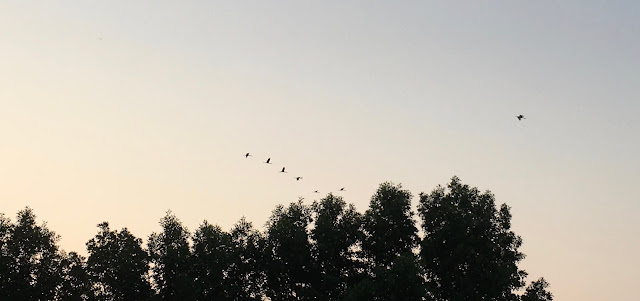Posts

Posted by
Flowergirl
Madras to Manas - Day 1 of our Assam Adventure
- Get link
- X
- Other Apps

Posted by
Flowergirl
Lockdown diaries - Home to see the 'baby', and a happy Mother's Day
- Get link
- X
- Other Apps

Posted by
Flowergirl
Lockdown Diaries - Changing colours, trading places
- Get link
- X
- Other Apps

Posted by
Flowergirl
Gastropod sighted
- Get link
- X
- Other Apps

Posted by
Flowergirl
May Day, May Day, Tabebuias in bloom!
- Get link
- X
- Other Apps

Posted by
Flowergirl
The week that was - Lockdown diaries
- Get link
- X
- Other Apps

Posted by
flowergirl
Lockdown Dairies - Discovering Coral
- Get link
- X
- Other Apps

Posted by
flowergirl
Lockdown diaries - Adyar evenings
- Get link
- X
- Other Apps

Posted by
flowergirl
Lockdown diaries - Crow Chronicles
- Get link
- X
- Other Apps

Posted by
flowergirl
Lockdown diaries - all is well in the world
- Get link
- X
- Other Apps